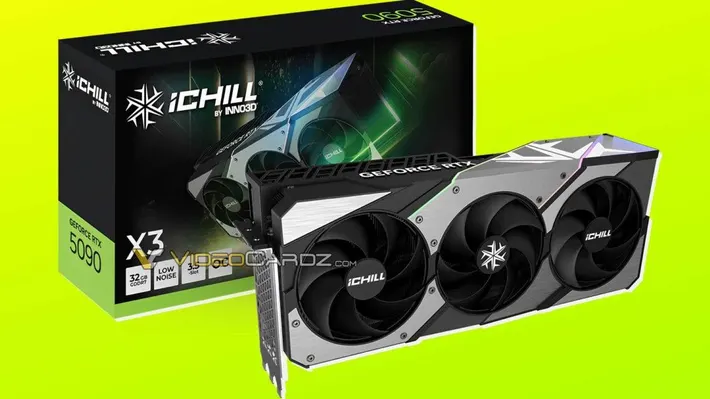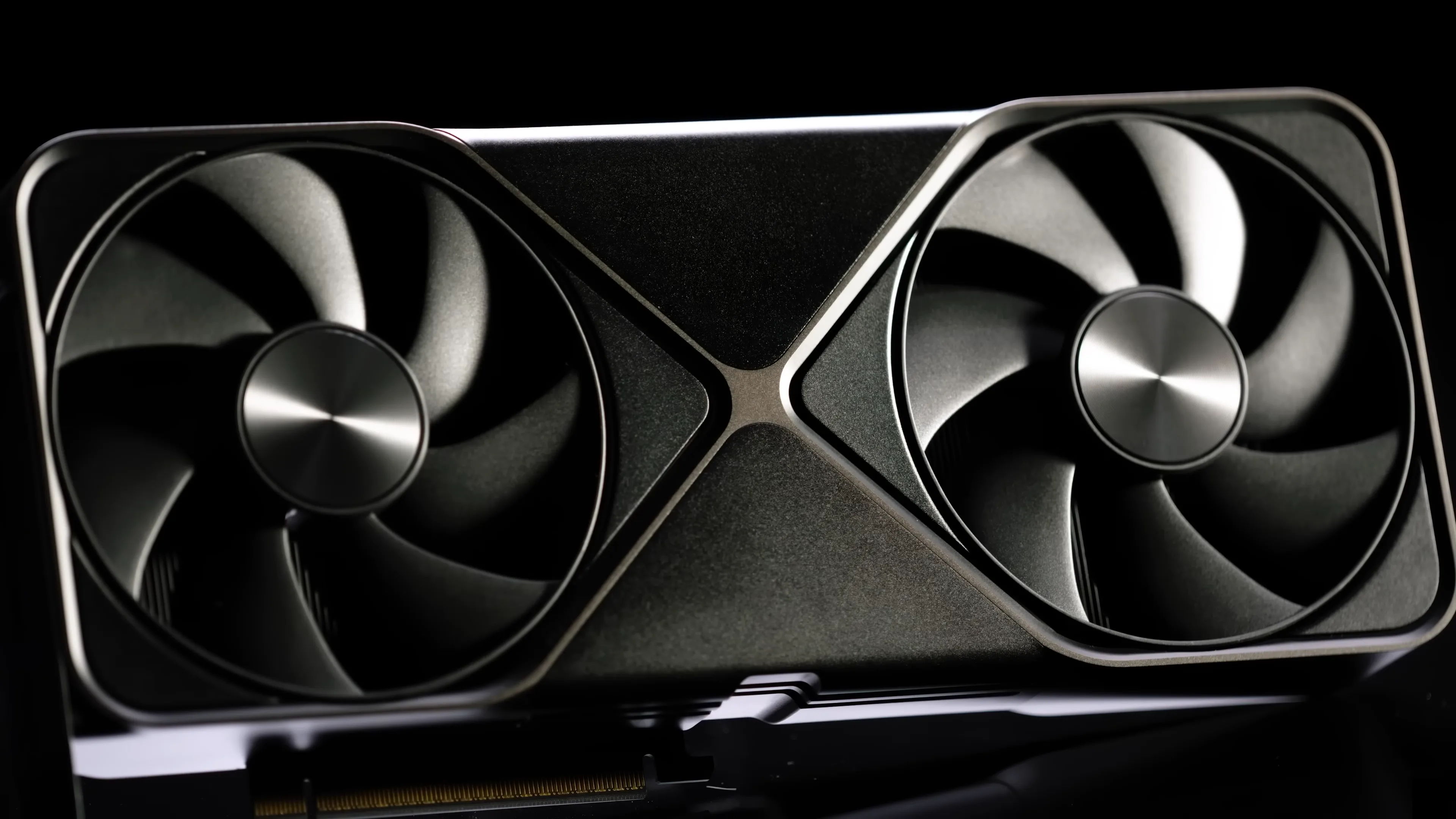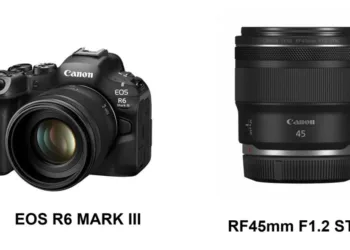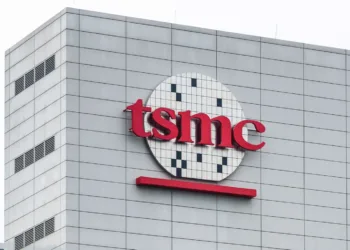NVIDIA has once again proven its dominance in the AI and gaming GPU market with the release of the GeForce RTX 5090. Featuring cutting-edge fifth-generation Tensor Cores, the RTX 5090 has set a new standard for AI inference performance, particularly when running DeepSeek’s R1 AI models. Benchmarks reveal that the RTX 5090 outperforms AMD’s Radeon RX 7900 XTX by an astonishing margin, making it the preferred choice for AI researchers, developers, and high-performance computing enthusiasts.
Table of Contents
NVIDIA’s RTX 5090 Redefines AI Inference Performance
As artificial intelligence models grow in complexity, the need for powerful hardware to run them efficiently becomes critical. DeepSeek, an emerging AI research organization, recently benchmarked its advanced R1 models using NVIDIA’s GeForce RTX 5090, and the results were nothing short of groundbreaking.
The RTX 5090 demonstrated an ability to process up to 200 tokens per second in models such as Distill Qwen 7B and Distill Llama 8B. This is nearly twice the performance achieved by AMD’s RX 7900 XTX, showcasing NVIDIA’s clear advantage in AI acceleration. The superior performance is largely due to NVIDIA’s fifth-gen Tensor Cores, which provide enhanced matrix processing capabilities, improving both efficiency and accuracy in AI model inference.
Why NVIDIA’s AI Performance Is a Game-Changer
The increased AI capabilities of the RTX 5090 have far-reaching implications beyond just gaming. AI-driven applications such as large language models (LLMs), machine learning, and deep learning frameworks now have access to unprecedented computational power on consumer-grade GPUs. With AI becoming a central part of modern applications—ranging from chatbots to real-time data processing—having a GPU that can handle AI workloads efficiently is more crucial than ever.
This improvement also means that AI professionals and developers can now run complex inference tasks locally without relying on expensive cloud computing services. This not only enhances data privacy but also significantly reduces operational costs for businesses leveraging AI for various applications.
DeepSeek-R1 and NVIDIA NIM: Making AI More Accessible
For those looking to experiment with DeepSeek’s R1 AI models on the RTX 5090, NVIDIA has introduced NIM (NVIDIA Inference Microservices), a new tool designed to streamline the deployment of AI models on local machines.
DeepSeek-R1, with its staggering 671-billion parameters, is now accessible via NVIDIA’s NIM microservice preview. The microservice simplifies deployment, ensuring enterprises can maximize data privacy, security, and efficiency while leveraging cutting-edge AI capabilities. On an enterprise-grade NVIDIA HGX H200 system, this setup can process up to 3,872 tokens per second, an incredible feat for AI acceleration.
This means that developers, researchers, and enterprises can easily integrate and fine-tune AI models in their own computing environments, without needing extensive cloud-based infrastructure. NVIDIA’s AI Enterprise software platform further enhances this experience by supporting industry-standard APIs, making it easier for businesses to integrate AI solutions into their existing workflows.
How the RTX 5090 Compares to Previous Generations
Beyond outperforming AMD’s RX 7900 XTX, the RTX 5090 also exhibits significant improvements over its predecessor, the RTX 4090. While the RTX 4090 was already a powerhouse for AI workloads, the latest generation Blackwell architecture takes things to another level.
Some of the key improvements include:
- Higher Tensor Core Throughput: The fifth-gen Tensor Cores in the RTX 5090 offer up to 40% more efficiency in matrix operations, crucial for AI inference tasks.
- Improved Memory Bandwidth: Faster GDDR7 memory allows better handling of large datasets, which is essential for running massive AI models.
- Better Power Efficiency: Despite its enhanced performance, NVIDIA has optimized the RTX 5090 for lower power consumption, ensuring high efficiency for extended workloads.
- Enhanced Ray Tracing and AI-Based Upscaling: Gamers also benefit from AI-powered advancements, with improved DLSS (Deep Learning Super Sampling) performance leading to higher frame rates in next-gen titles.

The Growing Demand for RTX 5090 GPUs
With such an impressive performance leap, it’s no surprise that the demand for the RTX 5090 has skyrocketed. Reports indicate that the GPU is already witnessing “stock-outs” due to overwhelming demand. Many AIB (Add-In Board) partners are struggling to meet inventory targets, leading to delays in retail launches worldwide.
This mirrors the trend seen during the launch of the RTX 4090, where supply constraints resulted in inflated resale prices. The scarcity of the RTX 5090 further highlights the growing demand for AI-capable GPUs, as both enthusiasts and enterprises seek to capitalize on its performance benefits.
Conclusion: NVIDIA’s RTX 5090 Sets a New Benchmark in AI & GPU Computing
With its unmatched AI inference performance, cutting-edge architecture, and seamless integration with AI frameworks, the GeForce RTX 5090 is poised to revolutionize AI computing. Whether you’re an AI researcher, a game developer, or an enthusiast looking to push the limits of machine learning on local hardware, the RTX 5090 provides an industry-leading solution that far surpasses its competitors.
As AI adoption continues to accelerate across industries, NVIDIA’s continued innovation in GPU technology ensures that AI workloads become faster, more efficient, and more accessible than ever before. The RTX 5090 isn’t just another high-end GPU—it’s a glimpse into the future of AI computing, and that future is now.







